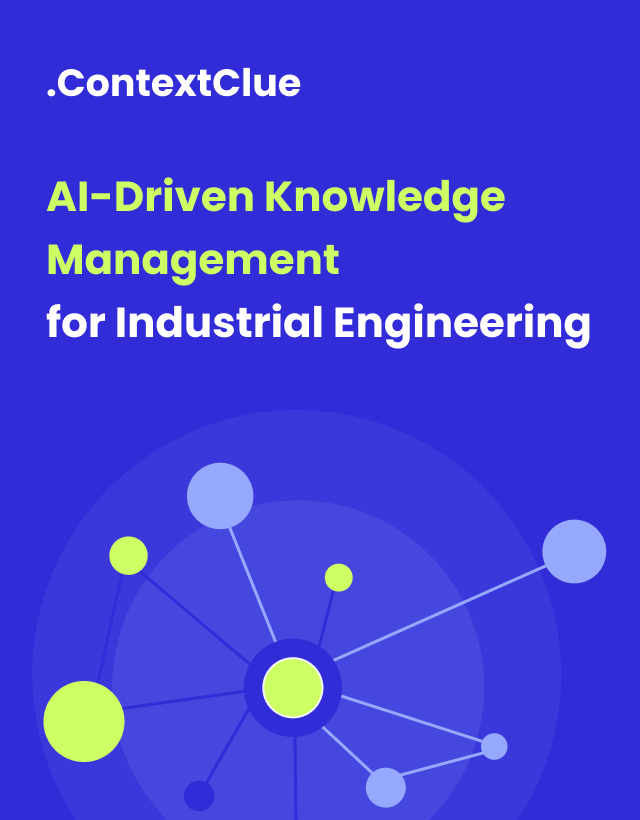
July 14, 2025
How to Adopt AI Strategically and Make It Actually Work
Author:

New Business Development Manager
Reading time:
6 minutes
Every week, there’s a new AI model or tool making headlines. Business leaders feel the pressure to jump in or risk falling behind. But here’s the hard truth: chasing the latest AI trend is not a strategy and it’s certainly not a path to long-term success.
As an AI consultant and partnership manager at Addepto, I’ve seen this pattern repeat itself countless times. Successful AI adoption is less about playing with every shiny new model, and more about asking the right questions and choosing technology that fits your business goals.
And the numbers back it up. A recent BCG survey of 1,000 business leaders found that three out of four companies investing in AI are seeing little to no value. Only 26% are unlocking real benefits like increased revenue, innovation, better ROI, and even improved employee satisfaction.
So, what are these top performers doing differently?
We explored this topic in depth in our recent webinar.

Watch the webinar here to learn the full framework and discover how leading companies are turning AI into real business value.

TL;DR: The Key to AI Success
- Solve actual problems – not theoretical ones.
- Start by understanding your company’s readiness.
- Use a structured, repeatable framework.
- Prioritize quick wins over flashy projects.
- Think long-term, but move incrementally.
- Build flexible systems that can evolve.
Why AI Initiatives Often Miss the Mark
Before talking strategy, let’s address the common traps businesses fall into.
Chasing the hype is a big one. Companies rush to “force new technology” into the business without a clear goal – ending up stuck in “pilot hell” or endless proof-of-concepts (PoCs) that go nowhere. Another pitfall is trying to automate everything. Teams with good intentions take on too much at once, leading to overloaded, unscalable projects that slowly fade out.
Even when there’s motivation, many efforts stumble on a data and skills gap. Teams lack clean, usable data – or the people and leadership needed to execute. Tool fragmentation is also a problem. Different teams using completely different tools for similar tasks makes outcomes hard to track and creates chaos.
On top of that, no clear ROI means stakeholders lose interest fast. When there’s no way to measure success, it’s difficult to justify continued investment. Finally, poor vendor selection – working with partners who don’t align with business goals or lack technical expertise – can doom even well-planned initiatives.
A Smarter Way: The Framework for AI That Works
Rather than reacting to trends, successful AI adoption is a strategic, continuous process – and it starts before any code is written or tools are bought.
Step 1: Lay the Groundwork
Start by assessing AI maturity in your organization. Educate your teams on what AI can and cannot do. Create workshops that help demystify the tech and reduce fears about job loss.
Identify internal champions – people who are naturally curious, tech-savvy, and eager to explore new tools. These individuals can help lead the charge and inspire others.
Crucially, secure leadership buy-in. Executives need to see how AI supports strategic goals, not just IT experiments.
Finally, foster a culture of experimentation. Encourage teams to test ideas, report back honestly, and treat every experiment – success or failure – as a learning opportunity.
Step 2: Root AI in Business Goals
The most successful AI projects start with a clear understanding of business strategy.
Begin by defining long-term business objectives. What are your company’s goals in the next 1, 5, or 10 years? What KPIs will define success?
Next, map those goals to actual teams and workflows. Understand where in the organization those objectives come to life.
Then, prioritize high-impact areas. Instead of spreading resources thin across every department, focus AI efforts where the return on investment is highest.
Step 3: Assess Readiness (People, Tech, Data)
Now, take stock of your current state.
Are your people ready for AI? Do they understand how to use it responsibly? Are they open to change?
How about your technology stack? Do you have the tools, infrastructure, and in-house development resources to support AI initiatives?
Finally, look at your data. Is it accessible, clean, and complete? Do you need to invest in external data or cleanup before you can do anything useful?
This readiness check will clarify what’s possible – and what’s not.
Step 4: Generate Real-World Use Cases
The best use cases come from the ground up. People doing the work every day know where inefficiencies lie.
Encourage teams to identify simple, repetitive tasks that can be automated. These “low-hanging fruit” ideas bring quick wins, boost morale, and build momentum.
Make sure every idea is linked to a business KPI – whether that’s cost savings, time saved, or revenue growth.
Avoid over-engineered ideas. That universal chatbot may sound impressive, but if it’s too complex or data-hungry, it will stall before it starts.
Also, remember: not everything needs AI. Sometimes, basic automation does the job better.
Involve people from all parts of the business in workshops. Non-technical voices bring critical insight into what actually needs fixing.
And keep iterating. As your business changes, so will the opportunities to apply AI.
Step 5: Prioritize and Analyze ROI
Once you have a list of potential ideas, it’s time to rank them.
Start by estimating business value in real numbers – how much time, money, or value does each idea bring?
Then consider complexity. Can you deliver it quickly? Are there existing tools that solve this out of the box?
Also, factor in risk. Look at data security, regulatory issues, team readiness, and leadership support.
Quick wins with clear ROI should rise to the top.
Step 6: Decide: Build or Buy?
When it comes to execution, you have options.
Build internally if you’ve got the tech talent and time.
Work with a partner if you need help. But choose one that understands your business, not just the tech. Look for consulting capabilities and proven experience in your domain.
Buy off-the-shelf if there’s a tool that solves your problem directly. Make sure it integrates well and meets security and compliance requirements.
Step 7: Implement, Test, Iterate
Start small. Pick one prioritized idea and build a limited proof of concept using only the data and resources you need.
Test it, gather feedback, and refine. Only scale up once you know it works.
And don’t treat this as a one-time journey. As your business evolves, you’ll return to earlier phases – generating new ideas, re-evaluating goals, and finding fresh opportunities for impact.
Conclusion: How to get the most out of AI
When done right, AI isn’t just a buzzword. It’s a real engine for innovation, growth, and competitive advantage. But success takes more than tools – it takes a smart, deliberate, people-centered approach.
Curious how this framework might work in your business?
Connect with me on LinkedIn to explore further.
Category:





